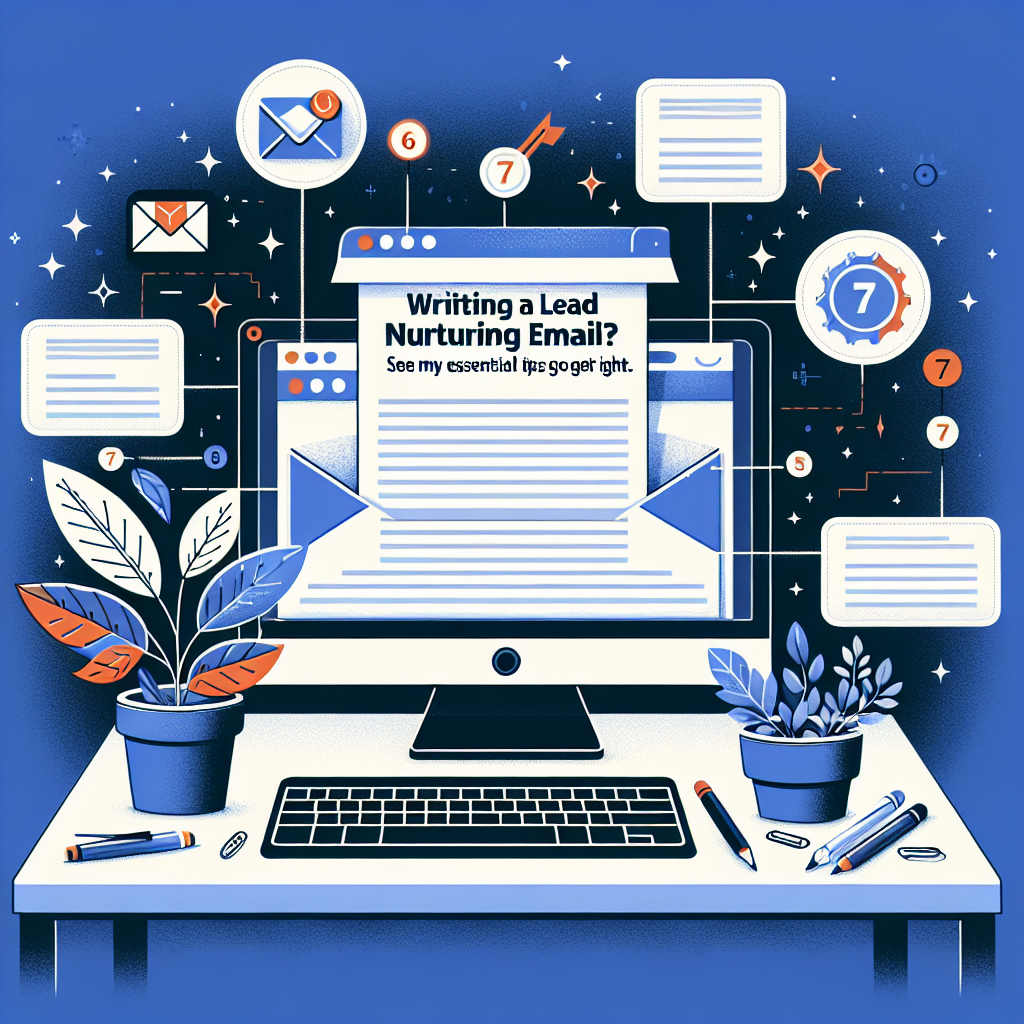Lead Nurturing Emails: 5 Best Practices for Success
Lead nurturing can be a tricky business. Send too many emails, and you risk being marked as spam. Send too few, and you miss out on valuable opportunities to connect with potential customers.
So, how can you strike the right balance? By following these five best practices for lead nurturing emails:
1. Segment Your Leads
The first step to effective lead nurturing is to segment your leads. This means dividing your leads into different groups based on their interests, needs, and where they are in the buying cycle.
For example, you might segment your leads by:
- Industry: What industry do they work in?
- Company size: How many employees does their company have?
- Job title: What is their role within their company?
- Website behavior: What pages have they visited on your website?
- Content downloads: What ebooks, white papers, or other content have they downloaded?
By segmenting your leads, you can send them more targeted and relevant emails, which will be more likely to resonate with them.
2. Personalize Your Emails
Once you’ve segmented your leads, you can start personalizing your emails. This means going beyond simply adding their first name to the email greeting.
Instead, try to personalize the content of your emails as well. For example, you could:
- Reference a piece of content they downloaded. “I saw you downloaded our ebook on lead generation. I thought you might also find this article on lead nurturing helpful.”
- Mention a company or industry event they might be interested in. “I know your company is in the tech industry. Have you heard about the upcoming TechCrunch Disrupt conference?”
- Recommend products or services that are relevant to their interests. “Based on your website activity, I thought you might be interested in our marketing automation software.”
3. Provide Value with Every Email
Your leads are busy people, so it’s important to make sure that every email you send them provides value. Don’t just send them a sales pitch every time.
Instead, focus on providing them with helpful information that they can use, such as:
- Blog posts: Share your latest blog posts that are relevant to their interests.
- Ebooks and white papers: Offer them free downloads of valuable resources.
- Webinars and events: Invite them to attend upcoming webinars or events.
- Case studies and testimonials: Share customer success stories that they can relate to.
4. Use a Strong Call to Action
Every email you send should have a clear call to action. What do you want the recipient to do after reading your email?
Some common calls to action include:
- Download a piece of content.
- Visit a landing page.
- Register for a webinar.
- Schedule a demo.
- Contact sales.
Make sure your call to action is clear, concise, and easy to understand.
5. Track Your Results and Make Adjustments
Finally, it’s important to track the results of your lead nurturing emails and make adjustments as needed.
Some key metrics to track include:
- Open rate: How many people are opening your emails?
- Click-through rate: How many people are clicking on the links in your emails?
- Conversion rate: How many people are taking the desired action, such as downloading a piece of content or registering for a webinar?
By tracking these metrics, you can see what’s working and what’s not. This will allow you to fine-tune your lead nurturing strategy and improve your results over time.







